
All Lectures Are Delivered Virtually & Free!
Lectures in Year 2024
December 5, 2024 (Thursday) at 7:30 PM Central Standard Time (US and Canada)
Teotihuacan and the Maya. A long-distance love-hate relationship in Mesoamerica
Speaker: Dirk Van Tuerenhout, Ph.D.

Mesoamerica was home to many advanced civilizations. Among these, Teotihuacán in Central Mexico, and the Maya in areas much further south stand out. Overlapping in time to some degree, these two cultures sometimes maintained peaceful relations. At least on one occasion, however, Teotihuacán exerted great influence in the Maya area. Recent excavations in Teotihuacán, with the discovery of an ethnic Maya neighborhood in that city, as well as the equally recent Lidar images of Tikal showing the presence of large architectural layouts inspired by Teotihuacán, point to a love-hate relationship between the two regions. Dirk’s presentation will start with a brief, general overview of both areas, and then zoom in on the more recent insights related to these polar opposites of interaction.
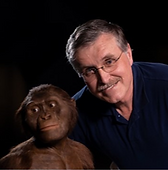
Speaker Biography: Dr. Dirk Van Tuerenhout, HMNS Curator of Anthropology, is an expert in human cultures, especially those of Latin America, and is well versed in archaeology and anthropology. He took part in excavations of Late Roman ruins in his native Belgium, and Maya ruins in Belize and Guatemala. Currently, Dirk takes care of the John P. McGovern Hall of the Americas. He also has served as curator of traveling exhibitions such as Pompeii: The Exhibition (2021), The Dead Sea Scrolls (2004), Mummy: The Inside Story (2005) and Imperial Rome (2007), Lucy’s Legacy: The Hidden Treasures of Ethiopia (2007), Secrets of the Silk Road (2010), and The Cave Paintings of Lascaux (2014). Dirk has a Master’s degree in Ancient History and another in Art History and Archaeology, both from the Katholieke Universiteit Leuven, Belgium, as well as a M.S. and a Ph.D. in Anthropology from Tulane University.
November 7, 2024 (Thursday) at 7:30 PM Central Standard Time (US and Canada)
Recent Archaeological Excavations of Ancient Salona
Speaker: Dino Demicheli, Ph.D.
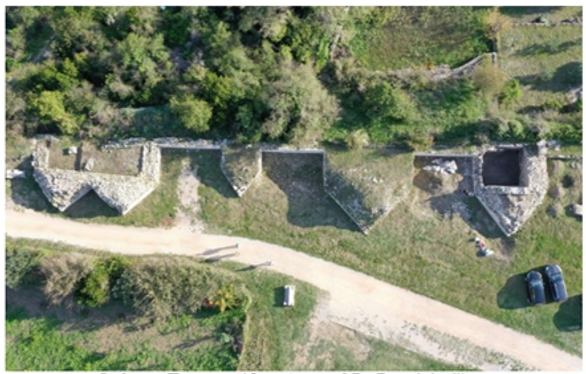
Salona was a Roman colony and the capital of the province of Dalmatia. It was founded in the 2nd century B.C. and as a Roman city lasted until the 7th century A.D. when it was abandoned. For more than 200 years, excavation has been ongoing at Salona, and not even 15% of its surface has been explored. Dino will present two sites where systematic excavations have been recently performed; the city walls with towers and the Late antique complex in the eastern part of the city. In 170 A.D., Salona was encircled by a city wall more than 4 km in length. By Late antiquity, there were more than 100 towers. From the 3rd century, the city walls were reinforced and rebuilt. The foundations were filled with ceramic debris and the tower walls were expanded using stones with inscriptions. In 2022, excavation of Tower 15 began and Dino will use it as an example of the revealed discoveries. The other site that he will present is a building complex next to the so-called Episcopal center, where excavations started in 2018. Although the purpose of the main building remains unknown, several interesting archaeological features including graves and limestone kilns have been discovered. Please join us and learn about the amazing discoveries, and how the material finds tell an interesting scientific and popular story!We hope you can join us for this engaging lecture!

Speaker Biography: Dr. Dino Demicheli is an associate professor at the Department of Archaeology, Faculty of Humanities and Social Sciences, University of Zagreb. His current main interest is the epigraphy of Roman Dalmatia and the archaeological excavations of the Dalmatian capital, Salona located in the modern town of Solin, Croatia.
September 5, 2024 (Thursday) at 7:30 PM Central Standard Time (US and Canada)
Dinosaurs in the Limelight: The Impact of Prehistoric Giants
on Pop Culture
Speaker: James Edward Washington III
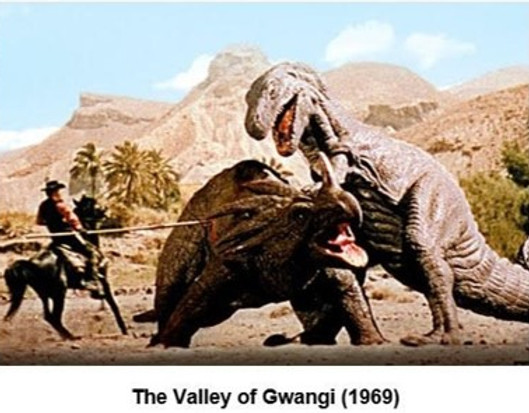
“Jurassic” James will explore the profound influence of dinosaurs on popular culture, from literature and film to fashion and art. His presentation will delve into the scientific discoveries of dinosaurs and how they have been interpreted, and represented in various media throughout the decades. James will begin with a brief overview of the history of paleontology and the discovery of dinosaur fossils, highlighting key figures and breakthroughs that have shaped our understanding of these magnificent creatures.
We hope you can join us for this engaging lecture!
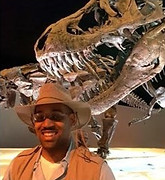
Speaker Biography: James Edward Washington III is a distinguished paleontologist, geologist, scientific educator, and passionate advocate for the public understanding of prehistoric life. A graduate of Lone Star College and the University of Houston Downtown, for over a decade he has dedicated his life to both research and education in the field of vertebrate paleontology. His innovative approach to teaching combines rigorous scientific inquiry with engaging public outreach, making complex concepts accessible to audiences of all backgrounds. In addition to his academic achievements, James produces high-quality educational content, including articles, videos, and interactive resources, that inspire curiosity and foster a love for paleontology. His engaging storytelling and ability to connect with diverse audiences have made him a sought-after speaker at conferences and educational institutions.
May 2, 2024 (Thursday) at 7:30 PM Central Standard Time (US and Canada)
Megalithic Structures
in Neolithic Europe
Speaker: Bob Moore
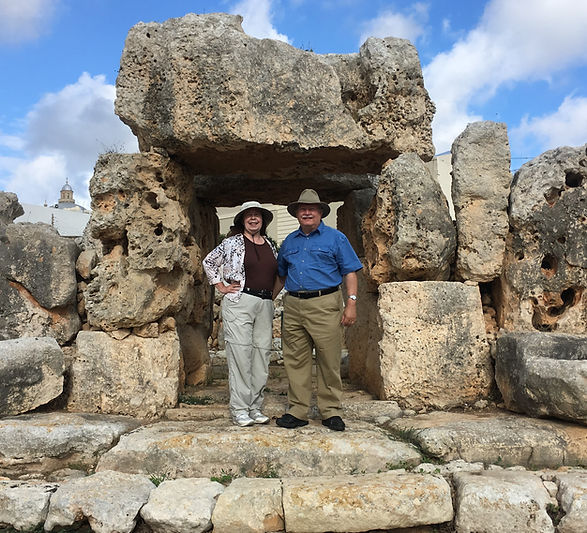
When people think of the Neolithic or Stone Age, they often think of The Flintstones, Cavemen, or the iconic, Stonehenge. Bob’s talk will focus on many of the oldest manmade Neolithic structures in the world dating between 9,000 to 3,000 years BP including: Avebury and Stonehenge, England; Monkodanja, Croatia; Choirokoitia, Cyprus; the spectacular temples in Malta and the mysterious Gobekli Tepe, Turkey. You will learn fascinating facts about these amazing Neolithic sites. We hope you can join us for this talk!

Speaker Biography: Robert ‘Bob’ Moore, co-founder of the Engelhardt-Moore Lecture Series, is a geologist and avocational archaeologist who loves travel, gaming, history, and paleontology. He graduated from Michigan Technological Institute with degrees in geology and computer science. After working 8-years in the Oil & Gas industry, Bob decided to change careers and earned a Certificate of Financial Planning (CFP) through the University of Houston. After running his own business called “Moore Money Management” for 30 years, he retired in January 2022 and is now pursuing a variety of personal interests. Currently, he is a Mentor Docent at the Houston Museum of Natural Science (HMNS) and volunteers for a variety of activities including Special Exhibits, and the Paleontology Hall and Lab. Bob participates in both paleontological and archaeological digs around the world for the HMNS, Burpee Museum of Natural History, University of Zagreb, and other organizations. He regularly gives lectures. Bob is on the Board of the West Houston Assistance Ministries (WHAM) and volunteers in their Food Pantry. He has been featured in one National Geographic Special.
April 4, 2024 (Thursday) at 7:30 PM Central Standard Time (US and Canada)
The End of the Age of Dinosaurs: How an Asteroid Impact Can Ruin Your Whole Day
Speaker: Thomas Holtz, Jr., Ph.D.
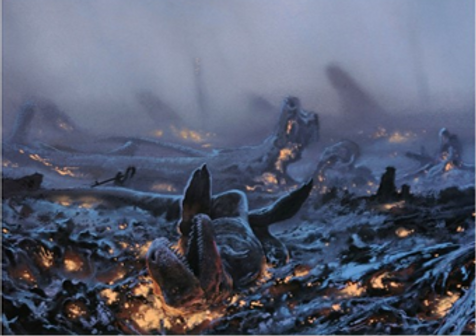
Thomas will do a review of the discovery of the asteroid impact, which brought the Cretaceous Period (and the reign of the dinosaurs) to an end 66 million years ago, and discuss what recent research suggests about the environmental changes on land and sea, which it produced. Mark your calendar and don’t miss this fascinating and educational lecture!

Speaker Biography: Dr. Thomas R. Holtz, Jr. is a Principal Lecturer in Vertebrate Paleontology at the Department of Geology, University of Maryland, College Park. His research focuses on the origin, evolution, adaptations, and behavior of carnivorous dinosaurs, and especially of tyrannosauroids (Tyrannosaurus rex and its kin). He received his Bachelor’s degree from the Department of Earth & Planetary Geology at Johns Hopkins in 1987 and his Ph.D. from the Department of Geology & Geophysics at Yale in 1992. Currently, Tom is also a Research Associate of the Department of Paleobiology at the Smithsonian Institution National Museum of Natural History and serves on the Scientific Council of Maryland Academy of Science, which operates the Maryland Science Center in Baltimore, MD. In addition to his dinosaur research, Tom has been active in scientific outreach. He has been a consultant on museum exhibits around the world, and on numerous documentaries, an author of the award-winning popular audience books, and the current editor of the “Life of the Past” series at Indiana University Press.
February 1, 2024 (Thursday) at 7:30 PM Central Standard Time (US and Canada)
Montana Hidden Treasure:
Finding Uncommon Preservation
in "Common" Fossils
Speaker: Nathan Carroll, Ph.D.
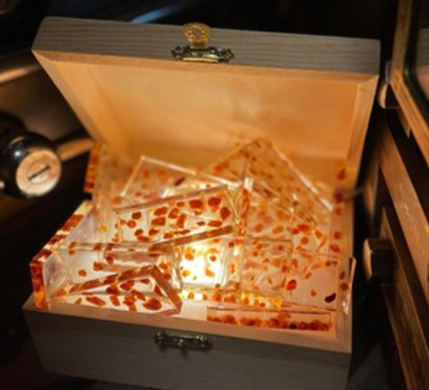
Nathan’s lecture will explore how crumbly amber and broken fossilized feces can preserve exceptional soft tissues like feathers, fur, and insects. From ants trapped in an ancient swamp to crabs concreted in a shallow sea, learn how some of the many overlooked Cretaceous fossils of Montana can provide valuable stories from the past. Mark your calendar and don’t miss this outstanding lecture!
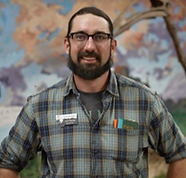
Speaker Biography: Dr. Nathan Carroll is the Carter County Museum's Curator of Paleontology and a founder of the Annual Dino Shindig event. Nathan received a B.S. in Earth Sciences from Montana State University, where he studied pterosaurs. His doctoral thesis at the Earth Science Department at the University of Southern California focused on flight-feather evolution studying three-dimensional amber, coprolites, and lithic fossils. In addition to his curatorial duties, Nathan manages the museum’s paleontology lab and active field program.
